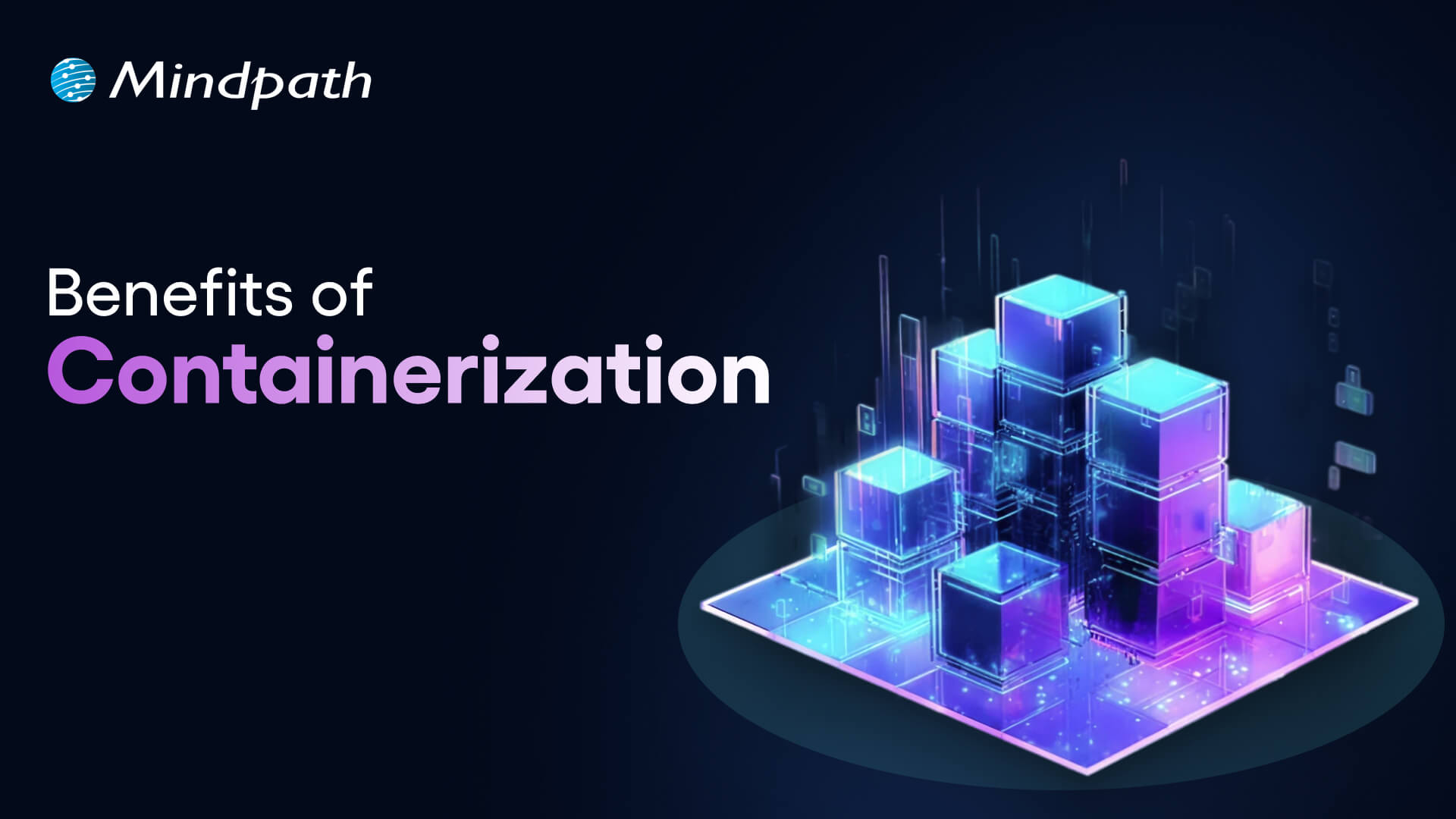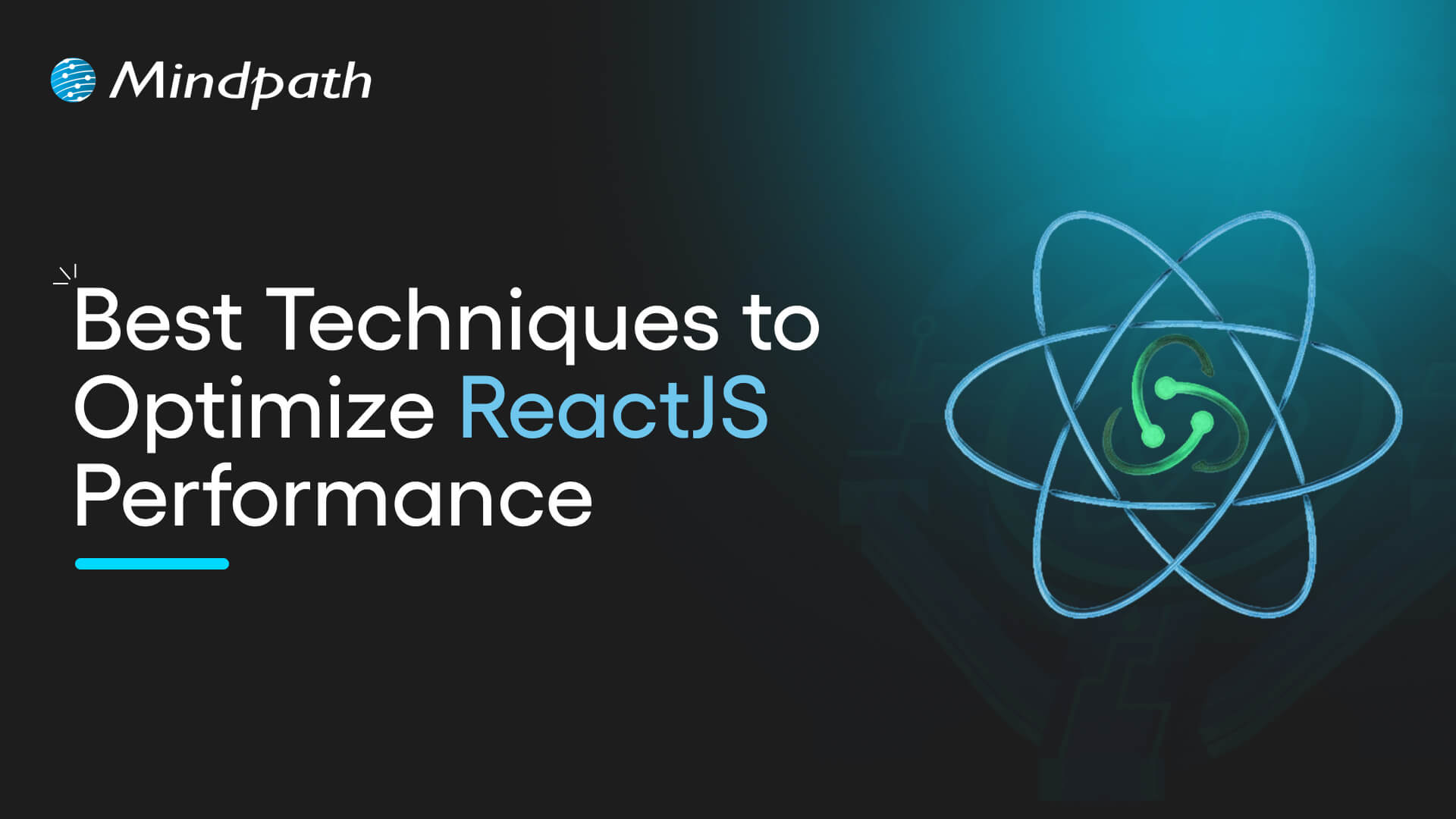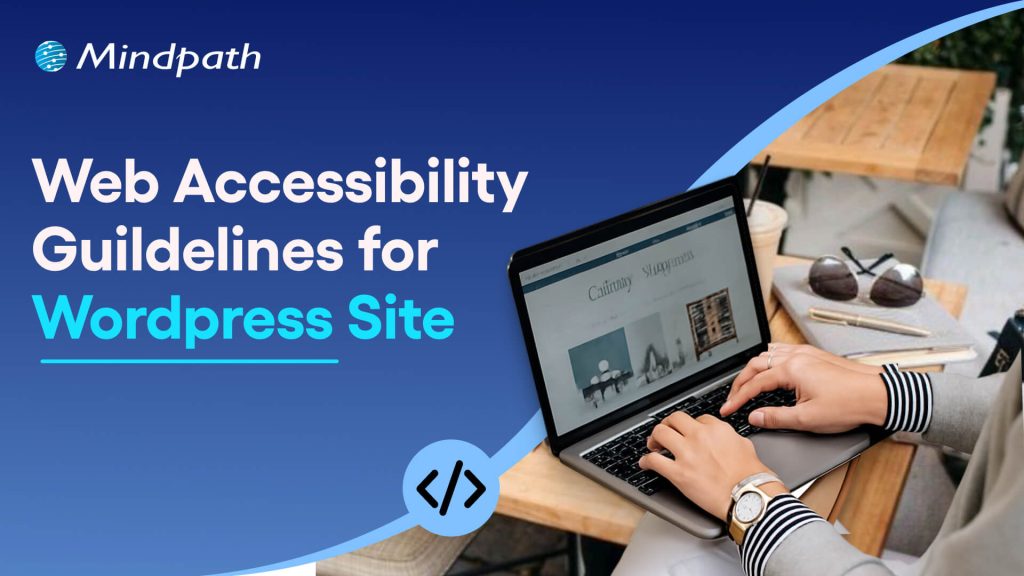Are you looking to expand your team with talented remote software developers in New York? Hiring remotely can offer access to a wider pool of skilled professionals, but how do you find the right fit for your company? In this blog, we will explore the key steps to successfully hiring remote developers in New York and make sure your next hire is the perfect match!
In today’s digital age, employing remote software engineers has become a strategic decision for firms seeking to remain competitive. New York, a worldwide center of innovation and technology, provides access to a large pool of highly talented workers. Companies that hire remote developers in New York can benefit from local experience while also embracing the freedom that remote labor provides. This method not only broadens your search for top talent, but it also reduces operating expenses and shortens project timeframes, making it an essential choice for forward-thinking firms.
So, let’s explore the steps to hire remote software developers in New York!
Guide to Hire Remote Software Developers In New York

1. Define Your Project Needs
The first step in hiring remote software developers in New York is to carefully define your project needs. Begin by outlining the project’s aim, the features you want to develop, and the projected completion date. Include all technical specifics, such as the programming languages, frameworks, or tools required for the project. Consider the project scope and degree of skill required for the function. This can involve anything from simple coding chores to more complicated problem solving and system design. Specify if the developer will work independently or as part of an existing team, as this can affect the sort of individual you employ.
A well-defined project plan not only aids in the selection of a suitable developer, but it also provides clear communication and expectations. It helps potential applicants to better grasp your requirements and decide whether they are a suitable fit. This stage is essential in establishing a solid basis for the recruiting process, resulting in more efficient selection and better project outcomes.
2. Focus on Critical Skills and Expertise
Hiring remote software developers in New York requires prioritizing the correct talents and expertise. Begin by determining the technical skills your project requires, such as experience in certain programming languages, frameworks, or tools. For example, if you’re developing a web application, you might want to know React, Node.js, or Angular. Beyond technical talent, evaluate the developer’s problem-solving skills and ability to deliver high-quality code on time. Strong communication skills are also required, since remote developers must cooperate successfully despite physical distances. Look for specialists who can properly communicate concepts, comprehend project specifications, and offer timely updates. Remote employment necessitates extra skills such as time management and the capacity to work autonomously.
Developers with a track record of success in remote roles often excel in these areas, making them better suited for your project. By focusing on these critical skills, you ensure that your hired developer not only meets technical requirements but also integrates seamlessly into your team, contributing to project success.
3. Choose the Right Recruitment Partner
When looking for remote software engineers in New York, partnering with a reputable recruiting firm is a wise decision. A reputable recruiting partner has access to a large network of competent individuals, which can make the hiring process easier for you.
The proper partner will understand your project’s particular requirements and match you with people that possess the necessary technical skills, experience, and remote work capabilities. They undertake time-consuming procedures like resume screening, first interviews, and technical competence assessments, saving you important time and resources. Furthermore, a reputable recruiting firm provides a seamless onboarding process and assists with legal and contractual needs, particularly for distant positions. This reduces hazards while ensuring compliance with local rules.
4. Conduct a Thorough Vetting Process
A comprehensive verification procedure is required when recruiting remote software engineers in New York. This stage ensures that you pick people that not only satisfy your technical criteria but also share your team’s values and work culture. Begin by assessing technical abilities using coding exams or practical tasks customized to your project’s requirements. These exams assess the candidate’s problem-solving skills, coding expertise, and familiarity with the tools and frameworks you need.
Next, evaluate their communication abilities to verify they can clearly explain ideas, grasp directions, and cooperate successfully. Assess their ability to set reasonable expectations, offer timely updates, and resolve ambiguities in project requirements. Finally, assess their suitability for remote work by evaluating qualities such as time management, self-discipline, and dependability. Look for applicants that have experience working remotely, since they are more likely to adapt to your methods. A thorough vetting procedure not only assists in identifying the most talented developers, but it also promotes improved cooperation and project outcomes. This stage is crucial to developing a strong, efficient team that will drive your project’s success.
5. Offer Competitive Benefits and Onboarding
To attract top remote software developers in New York, you must provide a competitive remuneration package as well as a simple onboarding experience. Begin by researching conventional industry salary and perks in the location to verify your offer meets market expectations. Include benefits like flexible work hours, professional development opportunities, and access to cutting-edge equipment, which are highly valued by remote workers.
Once a developer accepts your offer, a disciplined onboarding procedure ensures that they seamlessly integrate into your company. Provide detailed documentation on the project, team operations, and corporate regulations. Introduce them to the tools and platforms you use for communication, work management, and collaboration so they feel supported and ready to participate.
Regular check-ins throughout the first few weeks serve to develop a solid relationship and allow for the discussion of any issues that arise. By providing a competitive package and a friendly onboarding experience, you can foster an atmosphere in which developers feel appreciated and driven to do their best.
Hire Remote Software Developers in New York at Mindpath
At Mindpath, we connect businesses with skilled remote software developers in New York who are ready to deliver high-quality results. Our streamlined hiring process ensures we match you with the right talent based on your specific project needs, technical skills, and remote work compatibility. With Mindpath, you gain access to top developers who integrate seamlessly into your team, providing expertise across various technologies. Let us help you scale your development team and achieve your project goals with the best talent available.
Wrapping Note!
Hiring remote software developers in New York provides organizations with top-tier expertise, flexibility, and cost effectiveness. A successful recruitment process can be achieved by precisely outlining your project requirements, focusing on important talents, and selecting the correct recruitment partner. In addition, offering competitive perks and a pleasant onboarding experience aids in the retention of talented engineers. Mindpath connects organizations with competent remote developers that meet their individual project needs and collaborate smoothly with your team.
Ready to build your dream team?
Partner with Mindpath today to hire skilled remote software developers in New York and take your project to the next level!











